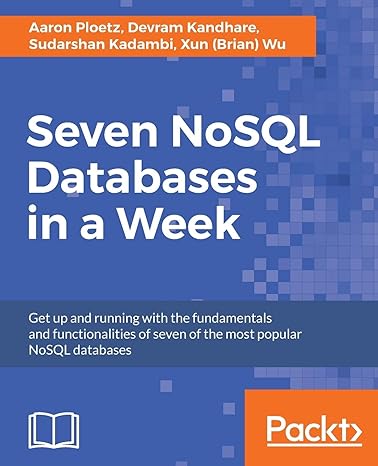Question
We know that Context Free Languages (CFLs) are not closed under intersection operation. However, if L is a context free language, and R is a
We know that Context Free Languages (CFLs) are not closed under intersection operation. However, if L is a context free language, and R is a regular language, L R is context free. We show that using a specific example.
1) Design a DFA for language R = { w | |w|%3 = 1} where % is the modulo operation. That is the length of strings is either 1, 4, 7, . . ..
2) Consider the PDA for the context free language L = {0 n1 n | n > 0}. Construct a PDA for the the language L R
3) Explain the intuition behind your construction, i.e., explain the reason for all the states in DFA and the transitions/operations with the stack. Your construction method should be generalizable for any given DFA and PDA and should not rely on the specific properties of L and R.
Step by Step Solution
There are 3 Steps involved in it
Step: 1

Get Instant Access to Expert-Tailored Solutions
See step-by-step solutions with expert insights and AI powered tools for academic success
Step: 2

Step: 3

Ace Your Homework with AI
Get the answers you need in no time with our AI-driven, step-by-step assistance
Get Started


